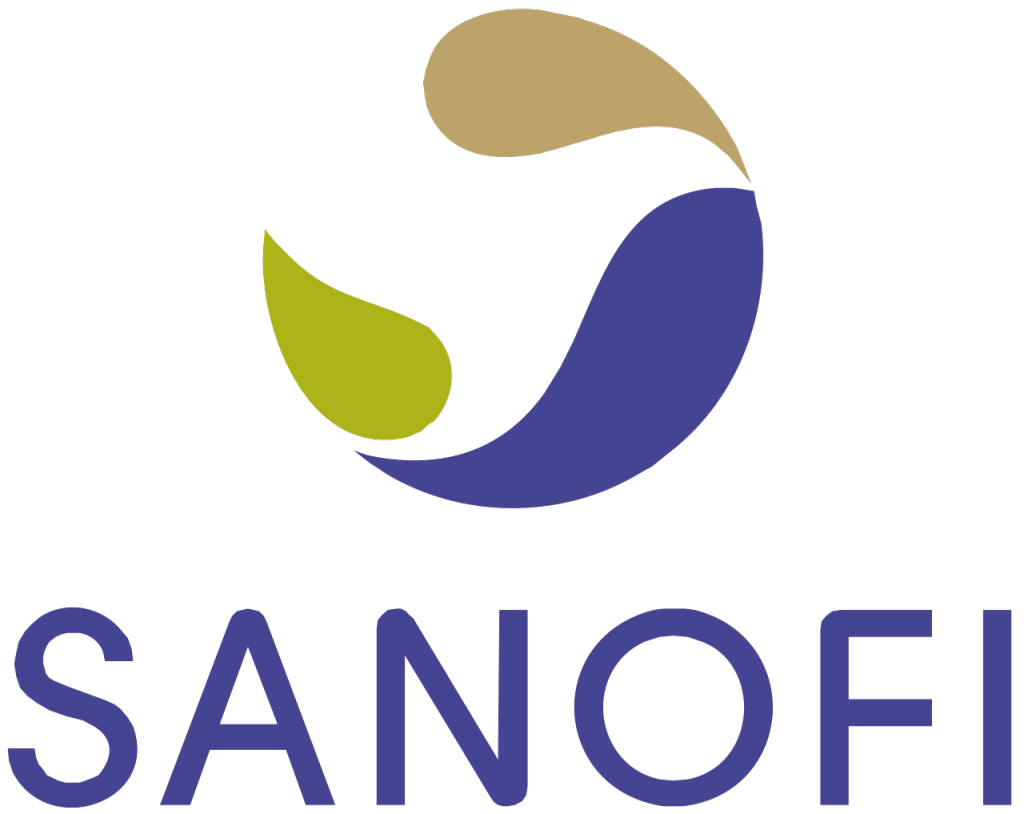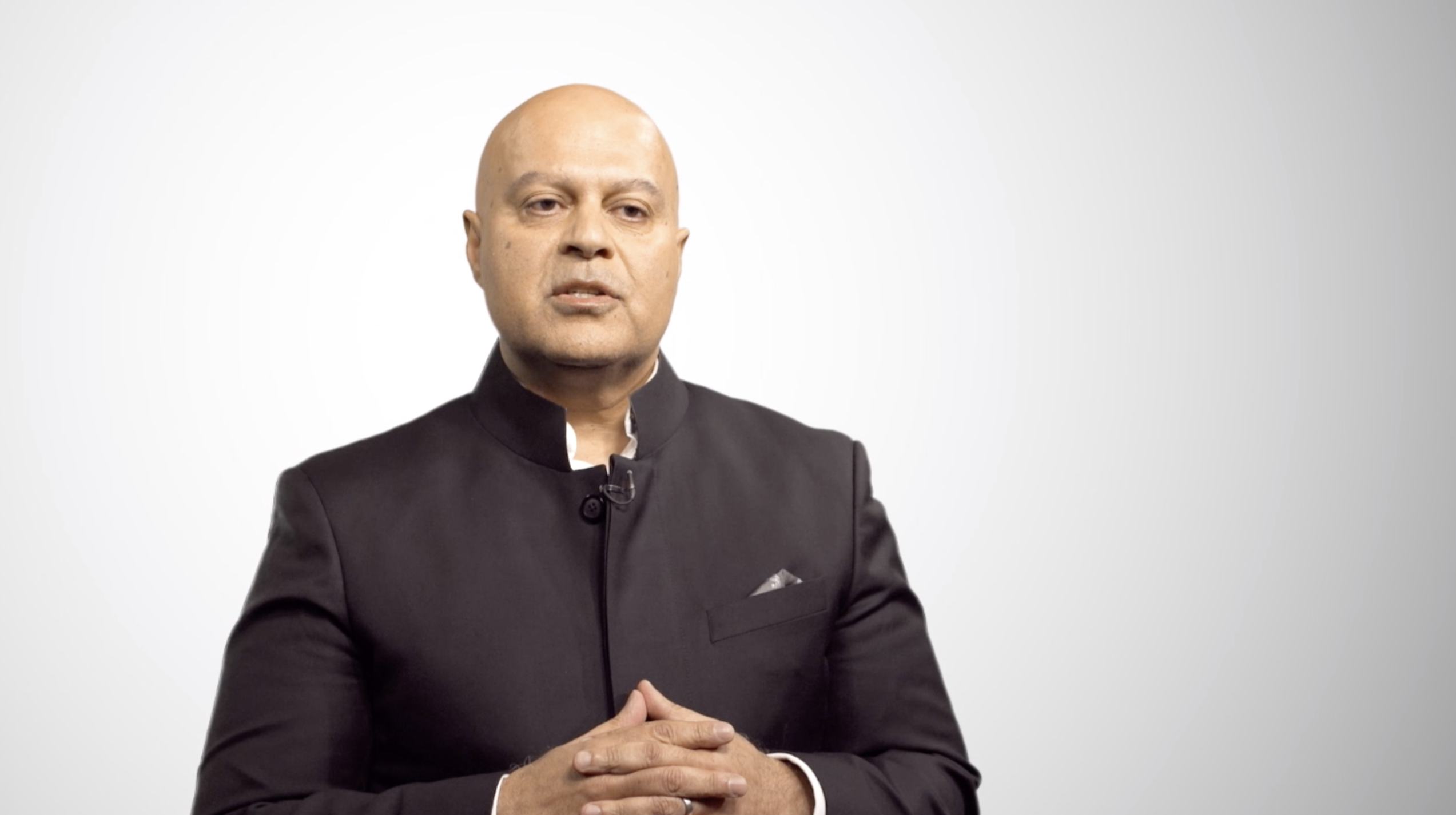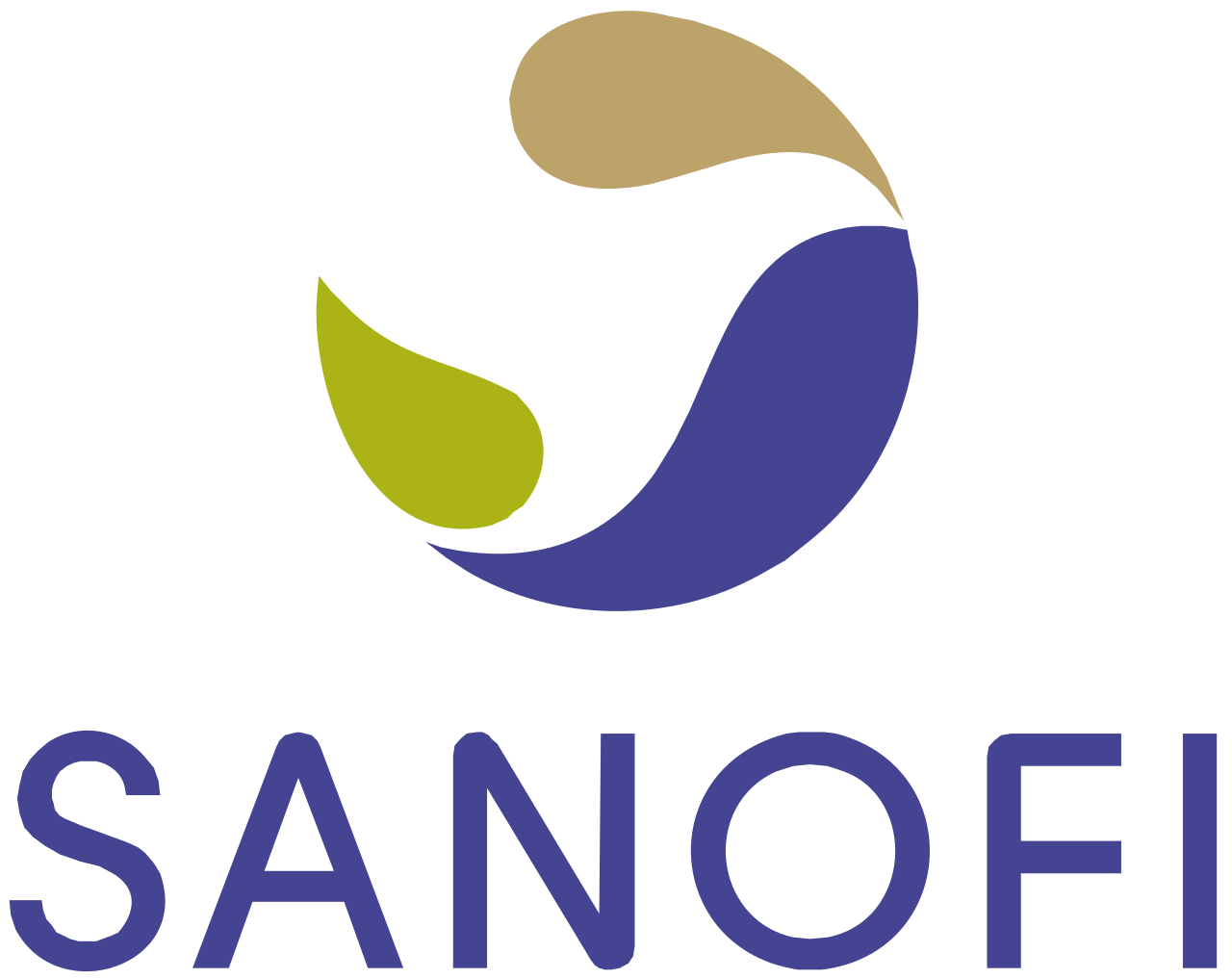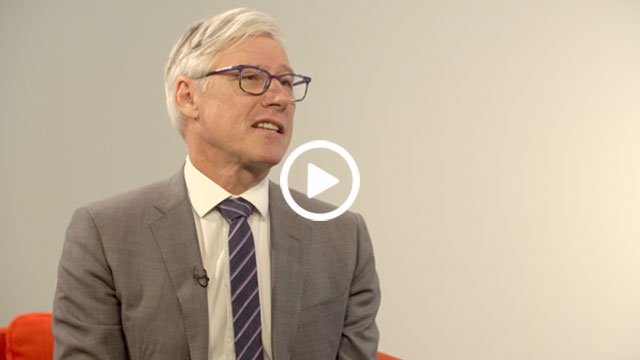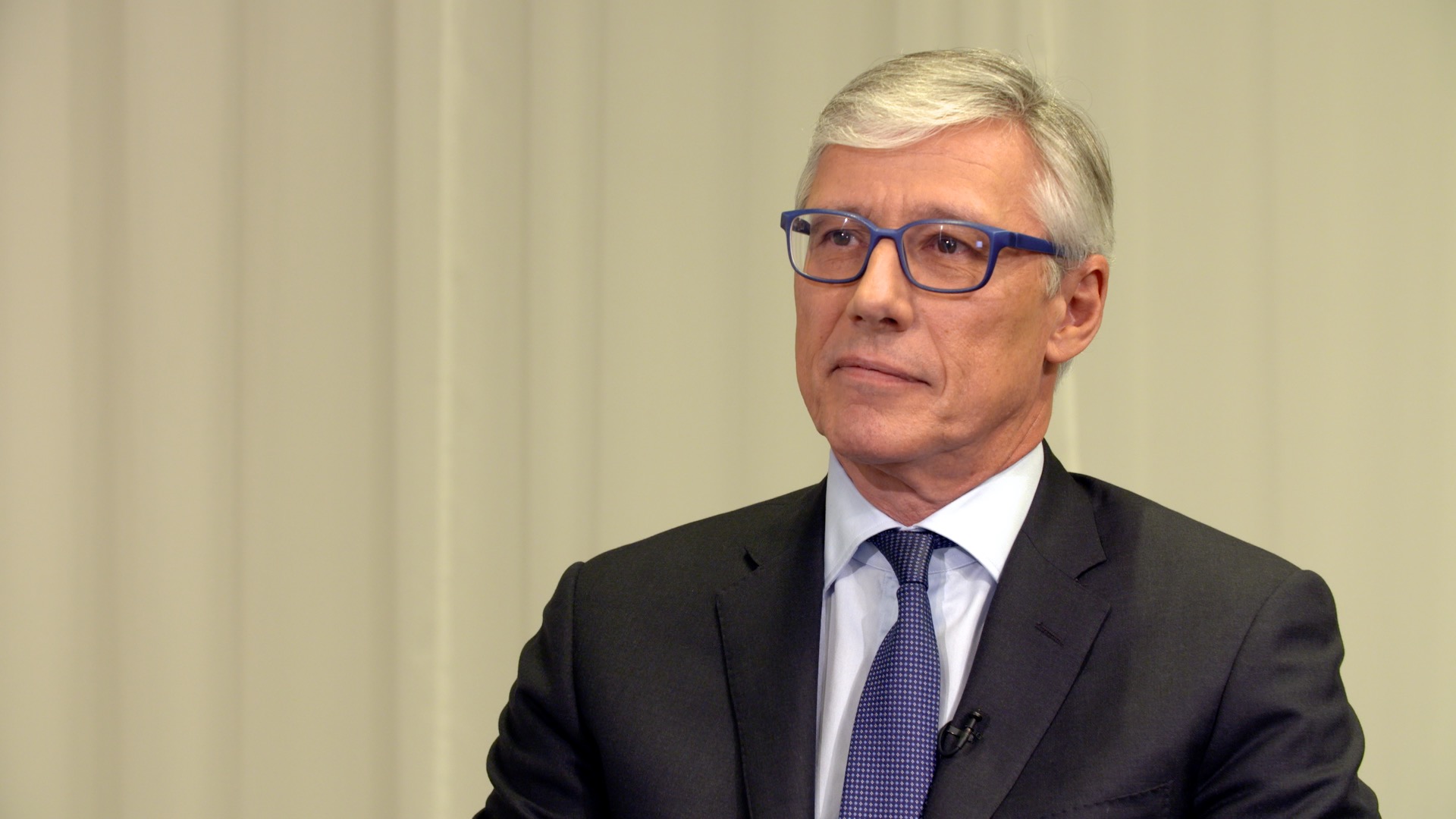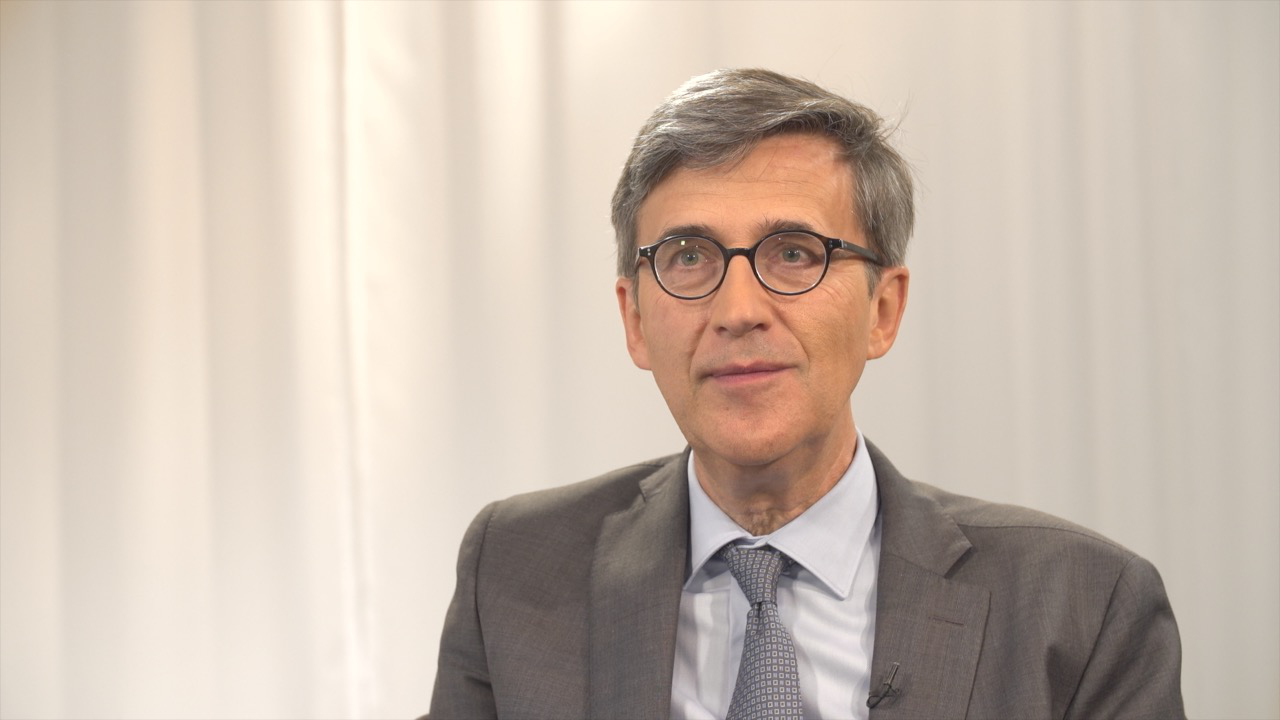EuroBusinessMedia: Sanofi, a global and diversified healthcare leader, reports earnings for the first quarter of 2013. Jérôme Contamine, welcome. You are the CFO of Sanofi. What are your comments on the Group's performance in the first quarter of 2013?
Jérôme Contamine: Actually, Q1 has been definitely a milestone quarter for the Group. This is the last quarter where we have seen such a significant impact of the patent cliff. Both Plavix®, Avapro® and Eloxatin® loss of exclusivity have impacted the sales and the profits of the quarter. At the same time, our growth platforms have continued to perform well. Diabetes, Vaccines and Genzyme have posted double-digit growth. All in all, we have also controlled well our operating expenses, but as a result of the impact of the patent expiry of Plavix® and Avapro®, impacting by 42 cent per euro our earnings per share, the earnings per share in Q1 has been 1.22 euros per share.
EBM: Do you reiterate your guidance for the full year, still assuming a strong rebound of growth in the second half to support reaching your full year targets?
Jérôme Contamine: The performance of the first quarter is in line with the full-year guidance that we gave last February 7th. On one hand, the overall impact of Plavix® expiry, which is a residual impact for the year, will be around 800 million euros, out of which 562 million euros just for the first quarter. Taking this element into account, but taking also into account the continuous strong growth of our growth platforms, investments behind new growing areas, investments and expenses to support new launches and rigorous control on costs and investments, I can reiterate our guidance for the full year, leading to a business EPS at a constant exchange rate being between flat and -5% versus last year, barring unforeseen events.
EBM: How confident are you regarding your growth outlook in emerging markets, given that you've been facing some challenges recently in OTC in China and Generics in Latin America?
Jérôme Contamine: Emerging markets in general remain a core strength of Sanofi. We have generated more than one third of our sales during the quarter in emerging markets, representing 2.7 billion euros and growing 6.5%. Both Asia, Africa and the Middle East have been growing double-digit, and Latin America mid-single digit. Eastern Europe has been suffering from the general economic downturn in overall the European Union, so that the overall growth for Eastern Europe, including Russia, has been basically flat, but declining in Eastern European countries as such. Going forward, we remain absolutely confident that we will be continuing to be well positioned to take advantage of the growth opportunities in these emerging markets.
EBM: Your diabetes franchise could stand to benefit from recent negative newsflow from the competition. How confident are you in the outlook for your diabetes franchise?
Jérôme Contamine: First of all, our Diabetes Division has posted another strong quarter of growth, reaching sales a bit above 1.5 billion euros of sales, growing by 19.6%. Clearly sales growth has been driven by the Lantus® performance, which has continued to confirm its status of gold standard with an overall growth of 21%, including 26% in the US. Now SoloSTAR® sales in the US represent 57% of the overall sales of Lantus® in this country, and also the results of the landmark ORIGIN trial have just been transmitted to the authorities, both in the US and in Europe. The quarter has also seen a strong recovery of Apidra® sales which have been growing by 30% over the quarter. We have seen also a significant improvement in the evolution of our Diabetes R&D portfolio. First and foremost, in February, the European Commission has granted marketing authorization for Lyxumia®, our once daily GLP-1 receptor agonist. We have started to market and launch and commercialize Lyxumia®, first in Germany and in the UK at the end of the quarter, and the roll-out will continue over 2013. The EDITION trials which are supposed to assess the new glargine formulation is on its way, so the result of the EDITION I will be made available at the coming American Diabetes Association (ADA) meeting in June and at the same time the headlines of EDITION II should be made available. When it comes to devices for the combination Lantus®/ Lyxumia®, due to the set back of one of our competitors as you said, but also to the delay and the complexity of the development of the Fix-Flex Ratio device, we have decided to focus on the Fixed-Ratio device and will give also at the ADA more precise information on the timelines. Lastly, we by now have 2 biosimilar products which have entered into phase I at the end of last year or beginning of this year, which aim to enlarge the offer of diabetes treatment to diabetes patients. So as you can see, we have been very active in the diabetes area and therefore we are quite confident that we can sustain, in the long term, the growth of this key activity for Sanofi.
EBM: Has the performance of Genzyme’s Rare Diseases product portfolio met your expectations this quarter?
Jérôme Contamine: For sure yes. Genzyme has posted another strong quarter of growth. The overall sales have reached 473 million euros just for the Rare Disease products, which is up 20% versus last year. Cerezyme® has been growing by 16% and more importantly Fabrazyme® has more than doubled its sales over the quarter versus the first quarter last year. I remind you that in the first quarter of last year we were just on the verge of starting the production from the new Framingham facility. Since that time the manufacturing situation has improved significantly, now we have been able to build new inventory, to recover market share and also to supply drugs to new patients. So, for all these reasons, we clearly are confident on the outlook of our Rare Diseases franchise.
EBM: You have had encouraging results from the US launch of Aubagio® this quarter; can you comment broadly on your vision for Genzyme’s Multiple Sclerosis franchise going forward?
Jérôme Contamine: You are right that the second exciting thing in Genzyme is the roll-out of the new Multiple Sclerosis franchise. So now Aubagio® has been launched in the US since Q4 last year for patients suffering from multiple sclerosis. It’s a once-a-day oral treatment. Sales have reached 20 million euros over the first quarter of 2013 and the prescriptions are broadly in line with the evolution of Gilenya® over the same first quarter of launch. At the same time, the CHMP has given a positive opinion on Aubagio® for the treatment of adult patients suffering from remitting/relapsing Multiple Sclerosis and Genzyme is also starting to prepare for the launch of Lemtrada™. As you know, Lemtrada™ has been filed both in Europe and in the US; our filing has been accepted by the FDA during the first quarter and we expect the opinion from the CHMP in Europe during the second quarter of the year.
EBM: Is there anything noteworthy to report at the first-quarter landmark regarding your pipeline newsflow? Are there any significant new Phase III trial readouts or regulatory decisions for the remainder of 2013?
Jérôme Contamine: It’s important to realize that innovation, for Sanofi as a pharma company, is and remains at the core of its future and of its strategy. And we are pleased to see that progressively we see the emergence of a more robust pipeline. Just over the quarter, we got the positive CHMP opinion on Aubagio®, which I mentioned before, and the European Commission gave its approval on Lyxumia®, on Zaltrap® and also on our 6-in-1 hexavalent pediatric vaccine Hexyon™. Also we are looking forward to a number of Phase III data releases in the coming quarters, including our new insulin glargine formulation, otamixaban, iniparib and our JAK2. So as you can see, all in all our R&D division has been pretty active over the period. We have now sixty-two projects in the pipeline in clinical phases including sixteen which are either under submission for approval or in Phase III.
EBM: At the time you started paying down debt from the Genzyme acquisition, you stated that you were comfortable with a net debt position of around 10 billion euros. Today, you're already below this threshold, therefore what are the implications for your capital allocation policy? Should we expect more acquisitions, a stronger share buyback program, or an increased dividend?
Jérôme Contamine: You are right that we have slightly reduced our overall debt since the end of 2012 by around 300 million euros down to 7.4 billion euros. It’s clear that the priority remains to continue to invest in the business. So we can just confirm that our first strategy is to go on with our strategy of bolt-on acquisitions. We have proved our ability to integrate and to handle well acquisitions. Just in the first quarter we did 345 million euros of investments in new acquisitions, including the Genfar acquisition in Colombia. We are also increasing regularly our dividend. The dividend that is going to be paid in the coming days is 2.77 euros per share, an increase versus last year's dividend of 2.65 euros, requesting now a pay-out of 45% and we are committed to bringing this pay-out to 50% on the dividend paid in 2014 on the 2013 result. We continue also to have a policy of opportunistic share buy-back, firstly to cope with the dilution arising from the creation of new shares relating to the exercise of stock options. Just over the quarter, we bought back shares for a total amount of 400 million euros. So finally I would say that we continue to have a strong balance sheet which allows us to seize opportunities along with this strategy.
EBM: Jérôme Contamine, CFO of Sanofi, thank you very much.
Jérôme Contamine: Thank you for having me.

